When I did my first surrogacy case back in 1988, Queensland had just enacted laws that made all surrogacy illegal, both here and overseas.
Queensland was the first place in the world to make it illegal to do surrogacy somewhere else1 – even though that journey is legal there. Commercial surrogacy is rated as apparently a serious offence like terrorism and child exploitation. It is hard at times to get into the heads of colleagues overseas that what is legal and good practice there can be illegal here.
What I have dubbed the Queensland disease has since been copied in the ACT, New South Wales, Hong Kong and most recently in Ireland. Currently, there is a bill before the Italian Senate to the same effect- which is designed to stop gay men (like me) becoming parents somewhere else.
This extra-territorial approach has been called by New Zealand researchers a “failed experiment”2. They have a point. Over 3000 children have been born to Australian intended parents through surrogacy overseas3. Not one person has been prosecuted under these laws. They don’t work. What they achieve is to draw a line in the sand that no one is willing to enforce, and in the process make a mockery of the law. But the laws remain.
Australians play an outsized role in international surrogacy. Part of that is because of the disproportionate number of overseas surrogacy journeys to local journeys: 376 births4 overseas of children born via surrogacy compared to 825 in Australia, but also because we are prosperous, and a land of migrants who are used to long travel. Australian intended parents have become parents through all the usual surrogacy destinations, such as the US, Canada and Ukraine, but also to many countries from where they came, such as Bangladesh, Pakistan, Sri Lanka, Ghana and Iran.
Our government is one of the few, if any, that keeps clear statistics about where children are born overseas and how many. I have been able to draw on this unique Australian resource to assist me in writing International Assisted Reproductive Technology for the American Bar Association.
The book is designed as a how to guide for lawyers, starting off with international legal architecture concerning surrogacy, some of it active, such as the 1993 Hague International Adoption Convention, and some passive, such as the European and American Conventions on Human Rights. Decisions by courts interpreting those conventions are useful considering the rights to privacy, family and privacy that are in the Human Rights Act 2019 (Qld).
Stephen’s book for the American Bar Association.
The book is about educating and helping lawyers guide their clients. For example, where do intended parents go? There is a chapter about how to find a lawyer overseas (sometimes a very hard task), and another about issues for LGBTQIA+ intended parents, and another about the often tricky interplay between surrogacy and adoption.
It is often suggested, for example, that intended parents in Victoria can lawfully do any type of surrogacy anywhere in the world, if they wish. They can, unless the journey involves adoption, in which they, like anyone else in Australia who pays for an overseas adoption, might be committing an offence back home6.
An overview is given as to where surrogacy is available, unique among text books talking about surrogacy. What is also unique is that this book talks of how parentage is established – for example, pre-conception order (as in Israel) , pre-birth order (in many UIS states), post-birth order (such as in Australia), a mix of pre-and post-birth orders (such as Texas), or adoption order (such as New Zealand).
We take it for granted in Australia for lesbian couples that both are recognised as the parents. This hard fought for achievement is not recognised in many other countries.
This is the only book where the discussion of the surrogacy destination must also be about the maternal mortality risk for the surrogate. The WHO estimates7 that the lifetime risk of death to a woman in Australia from being pregnant and giving birth is one in 9000. By contrast, the risk to a 15-year-old girl in Nigeria is one in 19. Yet surrogacy occurs in Nigeria, including for foreigners.
The book emphasises the right of those who are donor conceived to know where they come from, so that intended parents make wise choices about where they go and how they choose a donor to achieve that.
It also covers the sharks in the water. In Georgia, for example, Christina and Galup Ozturk had 21 babies through surrogacy in 2020-2021. Sixteen nannies look after the children. The IVF clinic or agency clearly had little regard to the impact on each child of how the journey might turn out. Even worse, the clinic was prepared to be a baby farm and undertake any surrogacy for the couple, when Galup Ozturk was already a convicted murderer.
Thankfully, most international fertility journeys are not those of the Ozturks, but are often long, difficult, complex and costly. This book cuts through a lot of the misinformation on the web to assist lawyers guide their clients in undertaking safe, ethical and lawful journeys, which value and protect the human rights of all concerned, especially that of the most vulnerable, the child.
Footnotes
1 Surrogacy Parenthood Act 1988 (Qld).
2 Debra Wilson and Julia Carrington, “Commercialising Reproduction: In Search of a Logical Distinction between Commercial, Compensated, and Paid Surrogacy Arrangements” (2015) 21 NZBLQ 178 at 186.
3 Between 1 July 2008 and 30 June 2024: more than 3,155. Source: Applications for Australian citizenship by descent by children born through surrogacy overseas, Department of Home Affairs, obtained by the author under FOI.
4 Ibid., for the year ended 30 June 2024.
5 Australia and New Zealand Assisted Reproductive Database, 2021 annual report and NZ annual report, University of NSW (2023), being the number of gestational surrogacy births through Australian IVF clinics in the most recent reported year, 2021.
6 Adoption Act 1984 (Vic.), ss.116, 119. In Queensland: Adoption Act 2009 (Qld), ss.301, 303.
7 https://www.who.int/publications/i/item/9789240068759 .






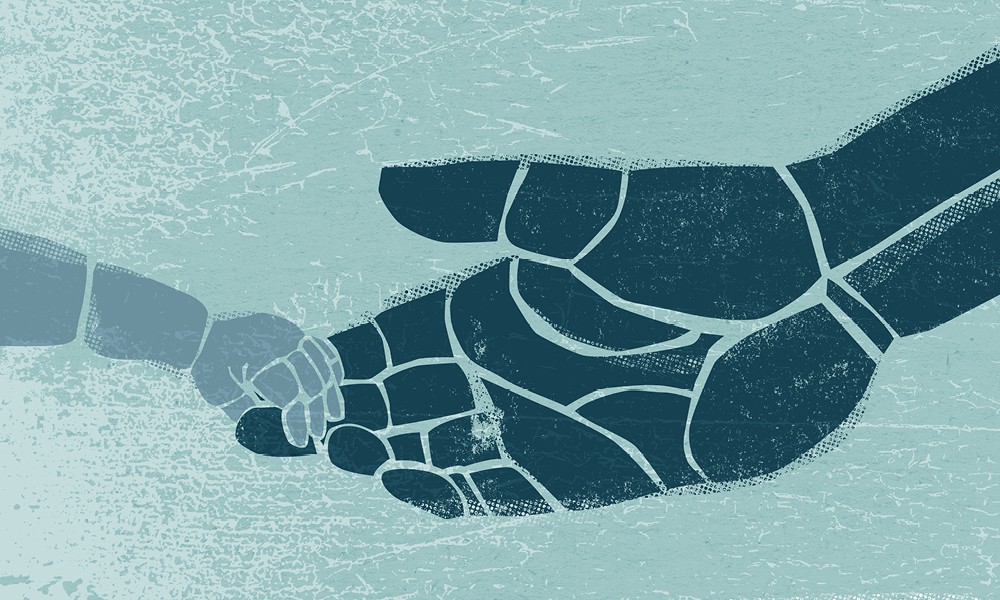

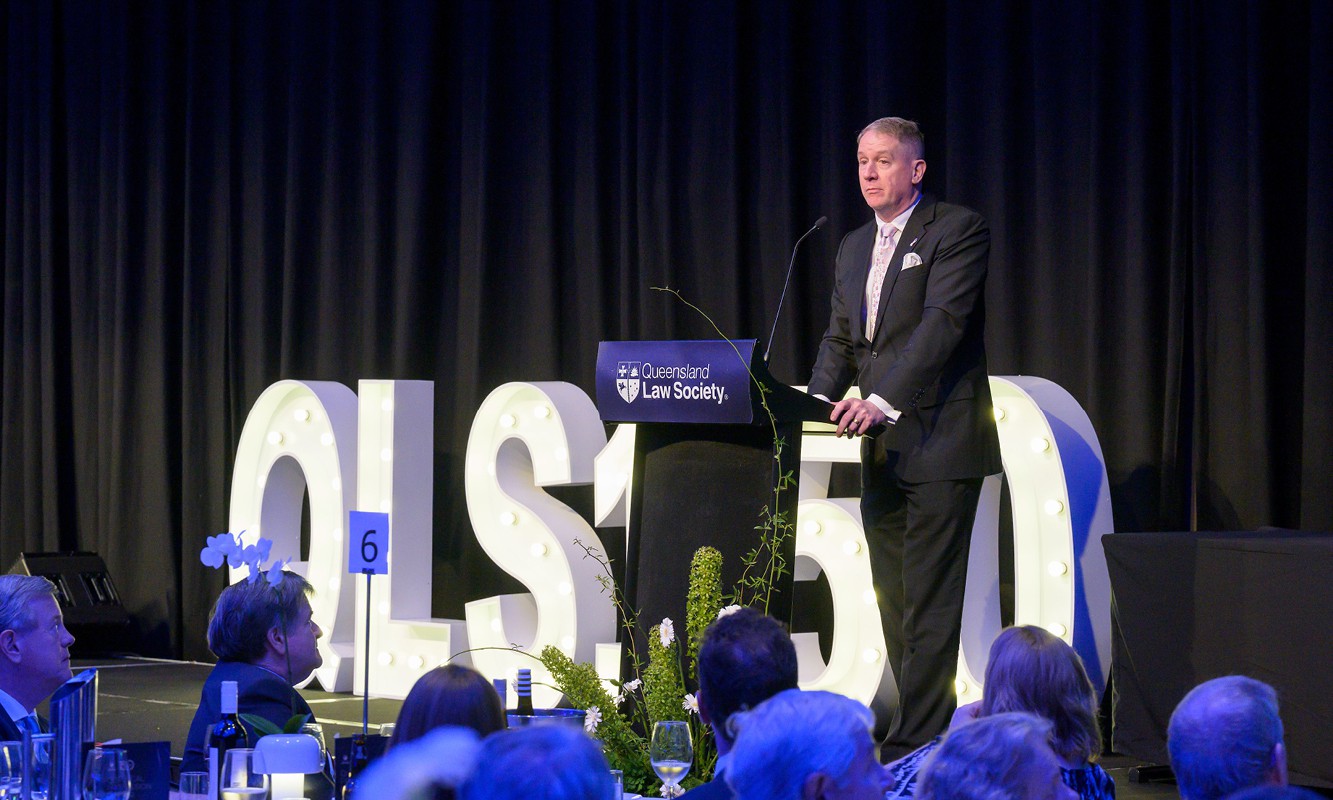
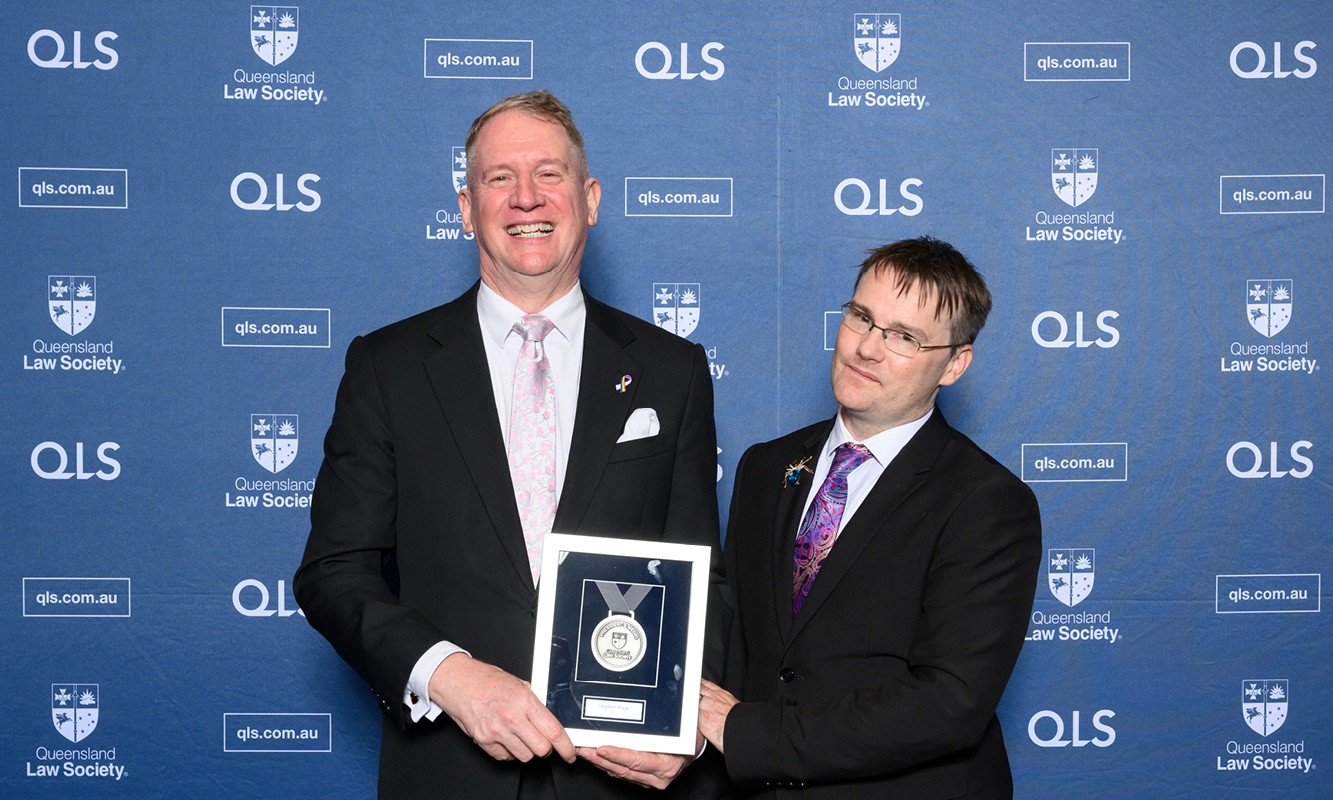
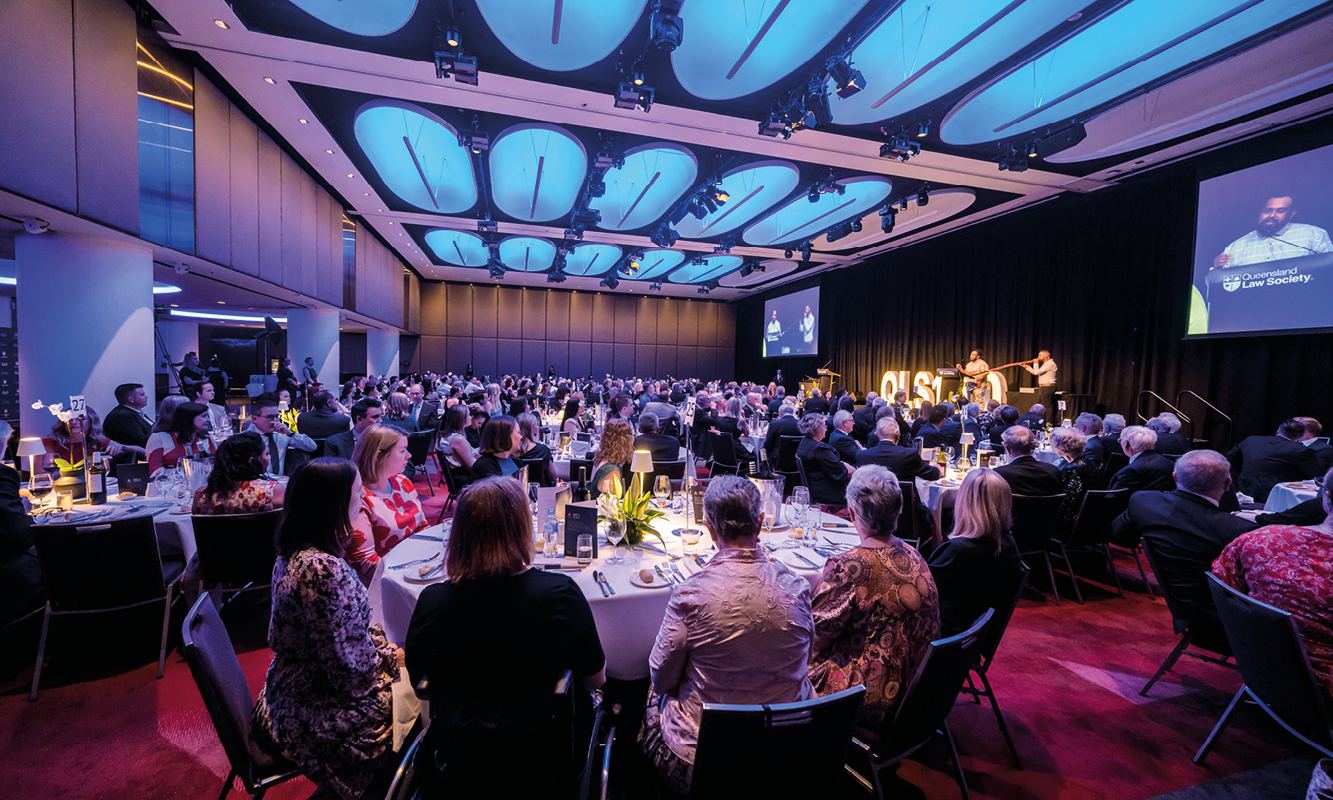
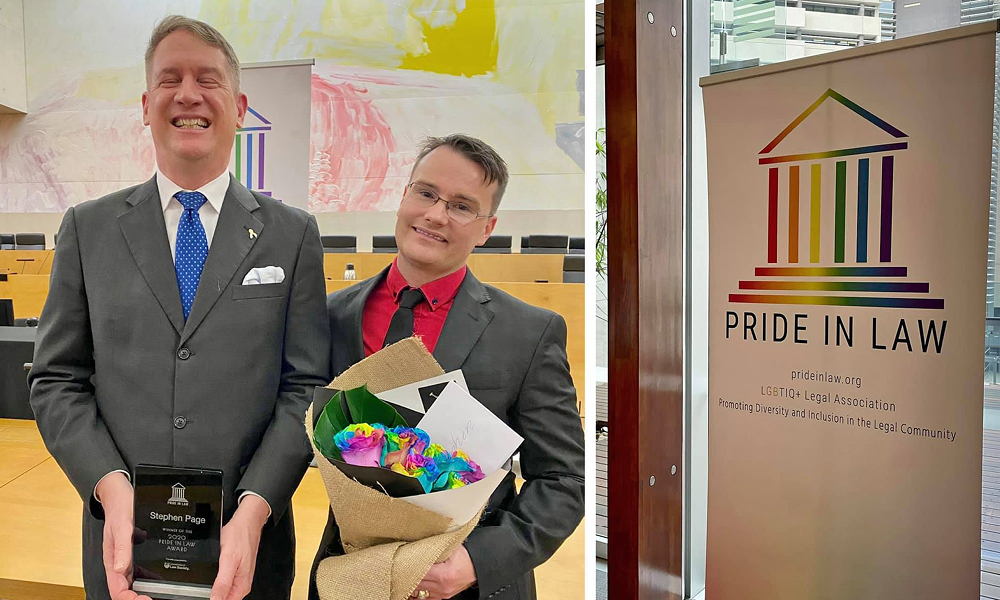

Share this article